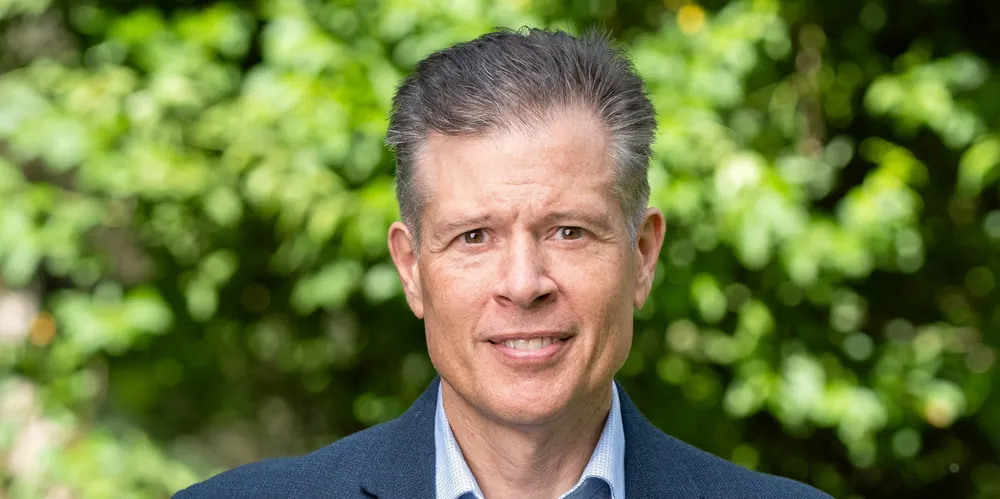Acore, DNV lead groups urging action on US offshore wind transmission networks
Separate letters to policymakers call for efficient HVDC networks to meet state and national sector goals

US advocacy group American Council on Renewable Energy (Acore) and global consultancy DNV headlined two groups that sent letters to US policymakers Thursday urging action on high voltage direct current (HVDC) transmission networks to enable cost efficient delivery of offshore wind power.
Acore was joined by 12 other entities including American Clean Power Association (ACP) in urging the Northeast States Collaborative on Interregional Transmission urging it to accept global HVDC standards for offshore wind transmission, a move they argued would enable faster US supply chain development.
HVDC transmission allows more efficient delivery of power over longer distances with fewer line losses than alternating current (HVAC) and is rapidly becoming the norm for offshore wind export cables.
European manufacturers have already set standards that have resulted in some $36bn in equipment orders for converter platforms and transmission cables.
“This market activity around a standardised hardware design for both transmission cables and offshore voltage source converters (VSCs) is resulting in a scaling of the global supply chain that the US can cost-effectively utilise,” the groups wrote.
Acore president Ray Long noted, “Widespread growth in US electricity demand is going to require more energy than ever before, and offshore wind is a key component of meeting that demand.
“The standards for offshore transmission systems laid out in this letter will help facilitate the timely build out of the infrastructure necessary to support this critical industry,” he added.
The eight states included in the Collaborative are mostly sector leaders including Massachusetts, New Jersey, New York, and Rhode Island, along with adjacent states Connecticut, Maine, New Hampshire, and Vermont.
These states are involved in regional offshore wind transmission efforts that may involve at-sea grids, which a letter released by maritime classification society DNV said “is critical to achieving the Biden administration’s goal of bringing 30GW of offshore wind power online by 2030.”
Costs are likewise a critical issue in offshore wind with recent project awards in New Jersey and New York some 35% higher than those awarded in earlier rounds, according to BloombergNEF.
DNV-led Joint Industry Project
In its letter, DNV encouraged US policymakers and industry advocates, including HVDC equipment manufacturers, “to work together toward building an offshore transmission system that will unlock the full potential of offshore wind projects, meeting deadlines and budgetary constraints effectively.”
Based on the findings of the JIP, it encouraged “a step-by step build-up of infrastructure that takes into account the global HVDC equipment market and recent procurements and partnerships in Europe.”
“It is crucial to the success of the US offshore wind industry that state agencies and governor’s offices pay greater attention to market constraints and the evolution of offshore transmission technology,” said Richard Barnes, region president for Energy Systems North America at DNV.
“The recommendations outlined by this consortium provides a clear pathway to a reliable, flexible, and cost-effective HVDC transmission grid which will enable states to achieve their offshore wind energy goals.”
(Copyright)